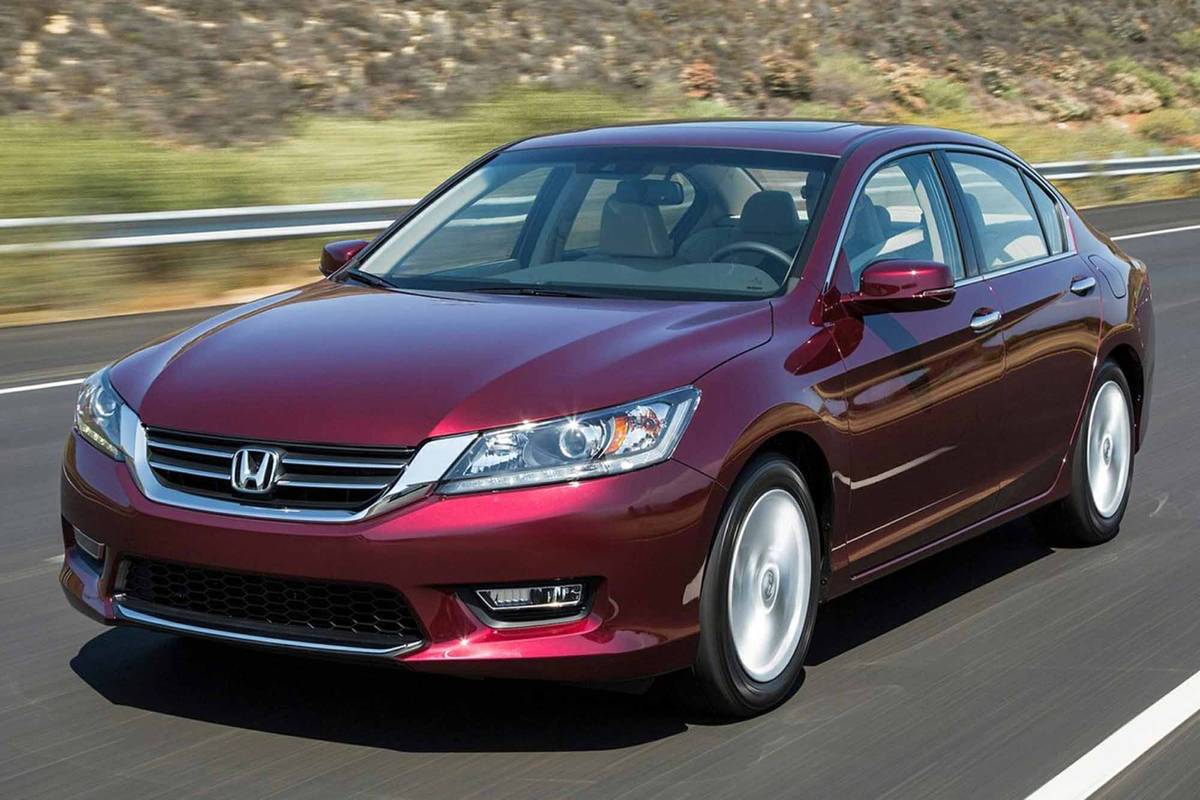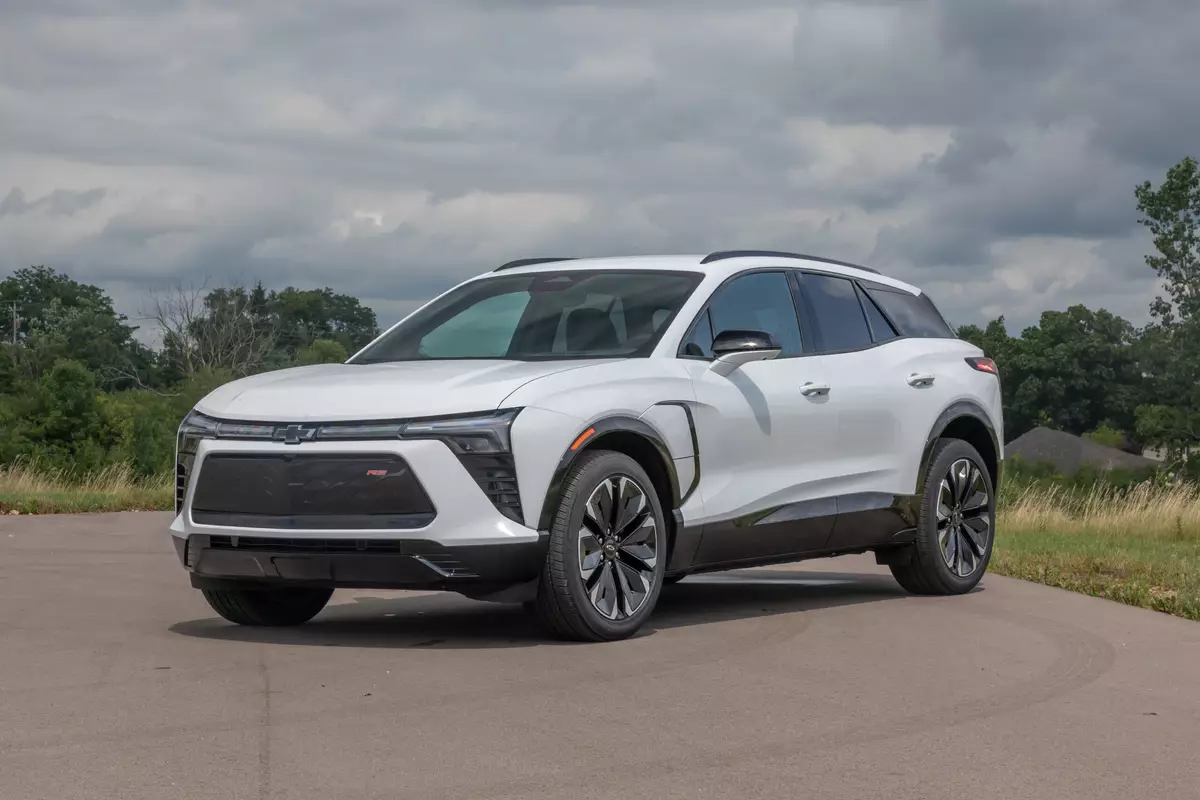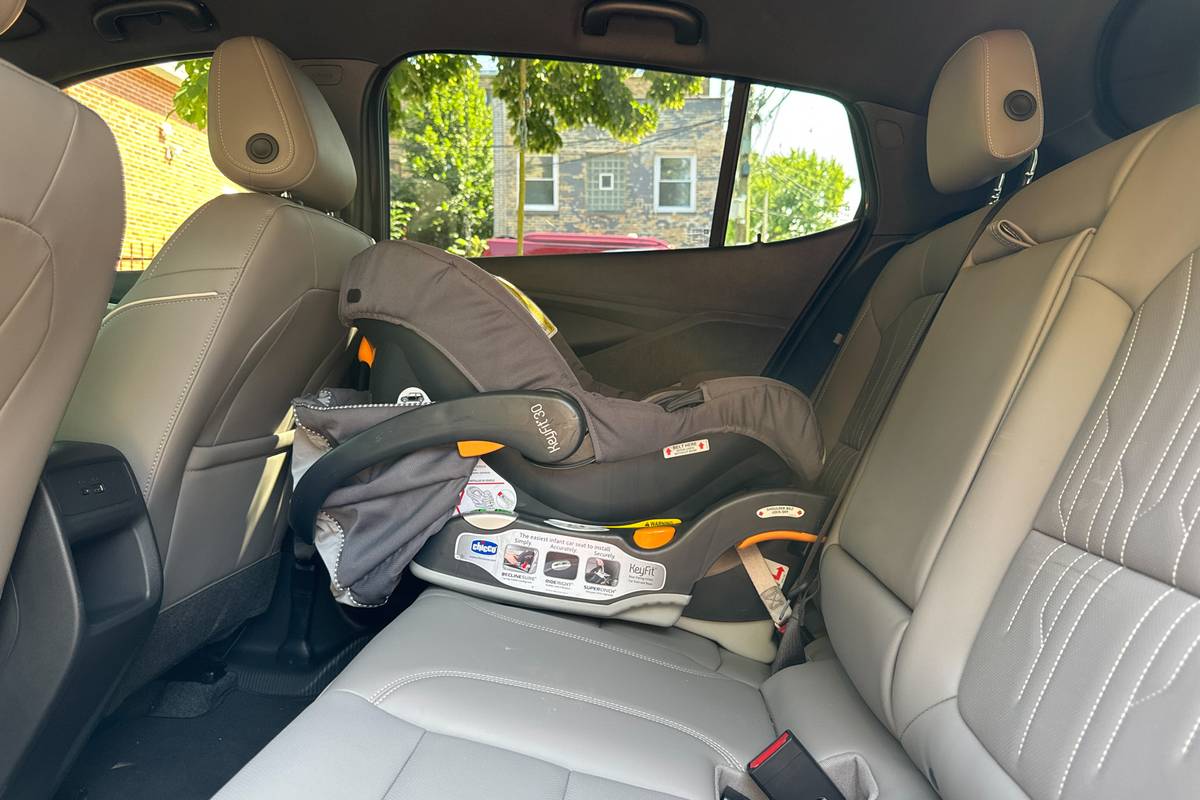chicagotribune.com's view
Actions, we’ve been told, speak with far greater intensity than uttered sound.
That has been the Pontiac philosophy for years.
Get in and go. Push, don’t pamper.
Pontiac, which has set the benchmark for sports sedans, has pushed the bar a little higher for 2000 with a redesigned Bonneville.
Bonneville now is built off what General Motors calls the G platform, which is shared with the Cadillac Seville and Oldsmobile Aurora. (It had been built off the same platform as the Buick LeSabre.)
Platforms are shared, personalities aren’t. Bonneville is the energetic, lively, outgoing performance sedan while Seville focuses on luxury and Aurora on knocking heads with imports.
Bonneville comes in SE, SLE and SSEi versions, all sporting new dimensions and styling for 2000. The biggest change is in back, where the saggy deck lid/taillamp treatment has given way to a squared-off deck lid and large taillamps at the corners, where they belong.
Before 2000, Bonneville mimicked the Ford Taurus/Mercury Sable with the terminal rear-end droop–what we call the “dog dragging its tail between its legs” look, hardly the design cue for a performance sedan.
To camouflage the droop, Pontiac offered a deck-lid spoiler on Bonneville. It still does for 2000 but with the droop gone, the spoiler serves to dress up the back end, not hide a design flaw.
Bonneville also sports cosmetic, lower-body, plastic cladding–the ribbed or sculptured panels that ensure it’s a member of the Pontiac family. Several folks note that, “It looks like a Grand Prix.”
Nice, traditional Pontiac touch, but the ribbed panel look, though new to Bonneville, may be running its course. Perhaps designers will come up with a different twist for the next-generation Bonney.
Christina Moore, assistant brand manager for Bonneville says the plastic cosmetic cladding is important to the car.
“Our research shows that styling, the sporty look, is the No. 1 reason people buy the car. Then comes room and comfort, fun to drive, being noticed and the ability to go fast. Fuel economy isn’t even in the top 10 reasons for buying the car,” she said.
The Bonneville SE and SLE are powered by a 3.8-liter, 205-horsepower V-6. The SSEi we tested has a supercharged 240-h.p. rendition of that engine for even quick er off-the-line bursts and a zero- to 60-m.p.h. time of 7 seconds.
The supercharger gives the SSEi a dual personality, a family sedan in room, comfort and safety features, a performance sedan in terms of the power when needed, a car with V-6 fuel economy (18 miles per gallon city/27 m.p.g. highway) yet V-8 (240 h.p.) power.
But the supercharged V-6 is only one reason the SSEi is an above-average performer. The car now sits on a 2-inch longer wheelbase and a 2-inch wider track. This means more sure-footed road stance and better behavior in corners and turns.
For 1999, Bonneville offered 15-inch radial tires as standard, 16-inch radials as an option. For 2000, 16-inch radials are standard on the SE, 17-inch radials on the SLE and SSEi. The larger radials provide more paw print for better road grip.
Four-wheel anti-lock brakes and traction control (managed by ABS and/or fuel flow to the engine) also are standard. Giving the driver even more cont rol is the addition of StabiliTrak, borrowed from Cadillac, as standard.
StabiliTrak is designed to enhance cornering stability in unexpected driving circumstances, such as coming upon that corner sooner than you were able to back off the accelerator or finding loose gravel in a turn.
The system uses a number of sensors to monitor steering direction, wheel speed and vehicle yaw, or the rotation of the car around its center of gravity.
The yaw sensor measures the rate of turn, a lateral accelerometer measures cornering force and a digital steering wheel position sensor measures steering angle.
What this means is that if the rear of the car begins to swing wide, the outside brake is automatically applied to nudge the car back in line. If the front wheels tend to drift wide of the desired arc in the corner or turn, the inside brake is engaged to help direct the car around the corner to maintain stability and control and keep you headed in the intended direction.
Those sensors and suspension gimmicks also mean that the front end doesn’t lift when you bury the accelerator pedal from a standing start, and the rear end doesn’t lift and when you stand on the brake pedal in a panic stop.
Inside, the thickly padded leather seats are comfortable and supportive for long-distance or aggressive motoring. Bonneville comes with dual front and side air bags as standard and safety belts in the seats rather than the door pillars for ease of use.
The seats also feature the “catcher’s mitt” design borrowed from Saab. In a rear-end collision, the seat “wraps” around you and the headrest moves toward your head to minimize whiplash movement.
The SSEi also offers a head-up display, or HUD, in which the digital speedometer reading, turn indicators, low-fuel warning and radio station or CD track are shown on a screen at the bottom of the windshield so the driver can see them without taking his or her eyes off the road.
HUD means space has been reserved for Bonneville to add Night Vision, the infrared heat-imaging, see-in-the-dark system that’s a Cadillac exclusive in the 2000 DeVille.
Other nice touches include a pass-through from trunk to back seat; auxiliary power outlet for rear-seat occupants; battery under the rear seat rather than in the engine compartment, where heat can rob longevity (jumper posts remain under the hood); and personalized radio, door lock, heating/cooling and seat position settings with the key fob.
Also, there’s steering-wheel-mounted radio controls; a tire-inflation monitor that warns if any tire loses 8 psi or more of air; remote keyless entry; daytime running lamps; electric rear window defroster; power windows/locks; ignition on the dash not the steering column; a pull-down, rear-seat armrest with dual cupholders and a storage tray inside; rear-seat air vents; a compressor and air inflator valve in the trunk for tires or sports equipment; an d a roadside emergency kit in the trunk with rain suit, first-aid kit, gloves, emergency light and snow scraper.
The SSEi’s base price is $31,635. New standard equipment includes a Bose sound system, memory driver’s seat, dual climate controls, heated outside mirrors, universal garage-door opener and dual exhausts.
In January, GM’s OnStar emergency communication system will be available as an option.
Bonneville is for people to whom driving isn’t a chore, but rather a means of relaxation as well as exhilaration.
should be so lucky.
>> 2000 Pontiac Bonneville SSEi Wheelbase: 112.2 inchesLength: 202.6 inchesEngine: 3.8-liter, 240-h.p., supercharged V-6Transmission: 4-speed automaticFuel economy: 18 m.p.g. city/27 m.p.g. highwayBase price: $31,635Price as tested: $34,000. Includes $980 for power sunro of; $595 for 17-inch, chrome-plated aluminum wheels; $595 for 12-disc remote compact-disc changer in trunk; and $195 for heated driver/passenger seats. Add $615 for freight.Pluses: Restyled on new platform with longer wheelbase and wider tracking. Traction control and ABS are standard as is StabiliTrak road holding suspension. Supercharged V-6 power bursts. Dual personality family/sports sedan.Minuses:Pontiac’s ribbed plastic lower bodyside cladding needs an update.>>
Latest news



